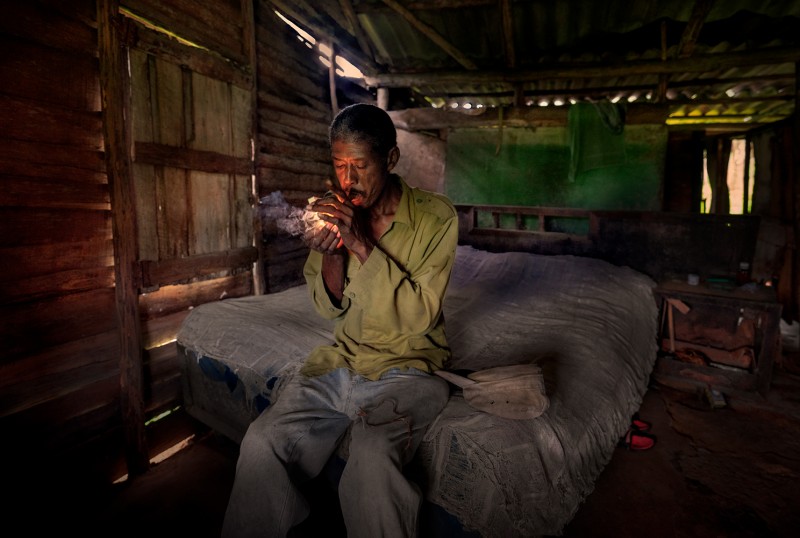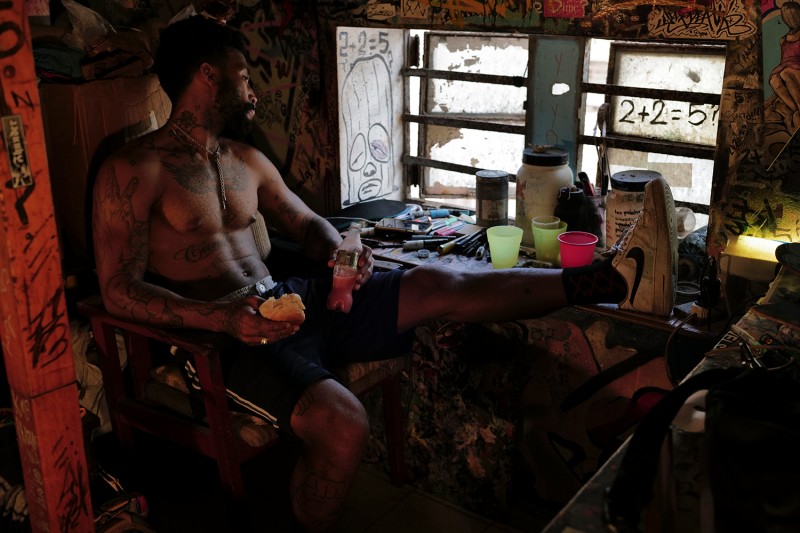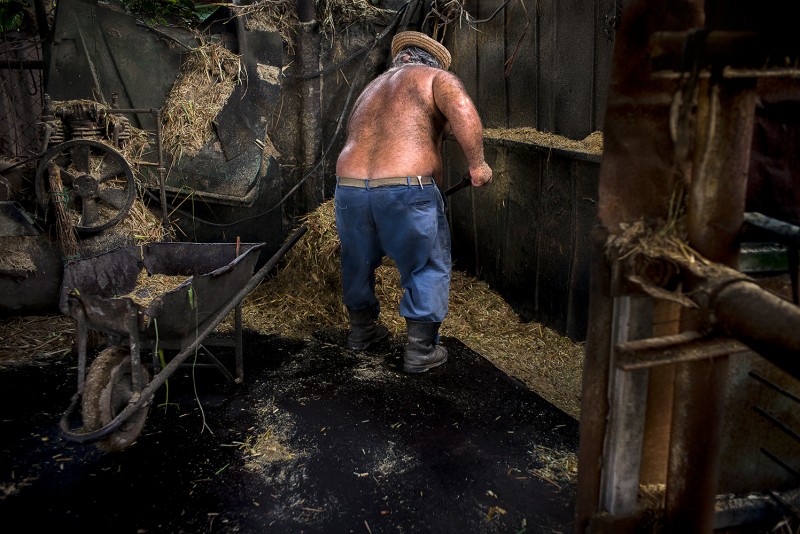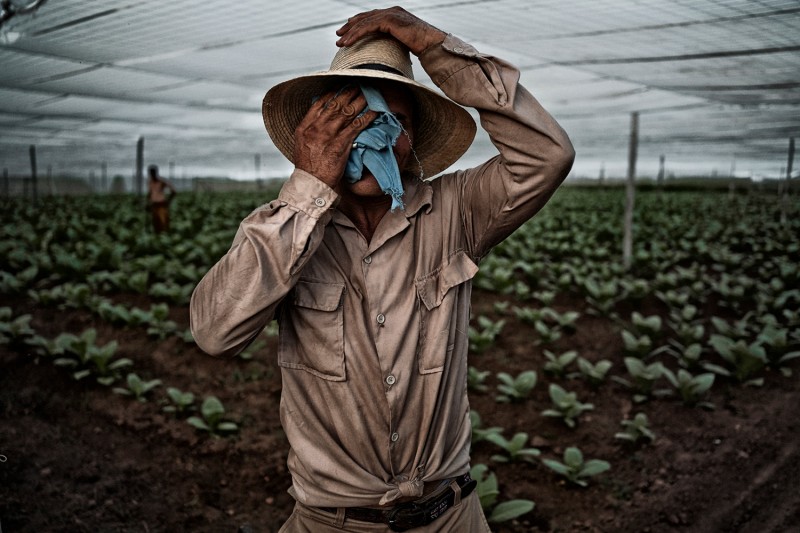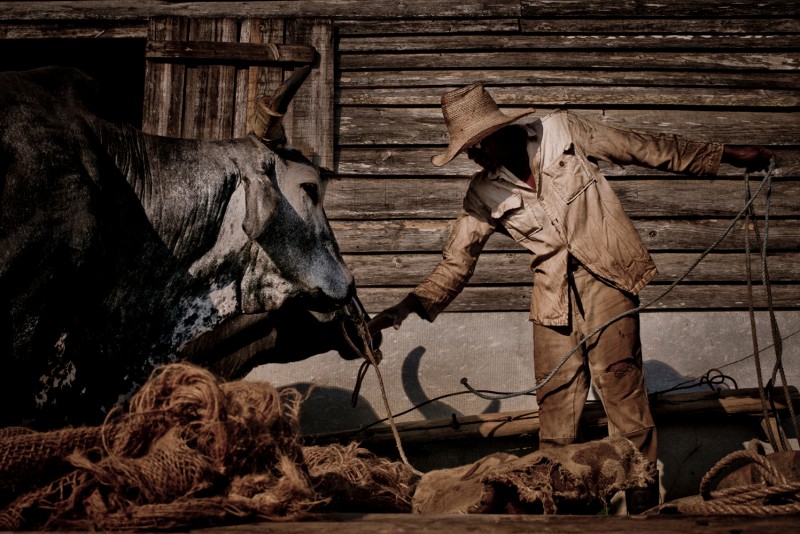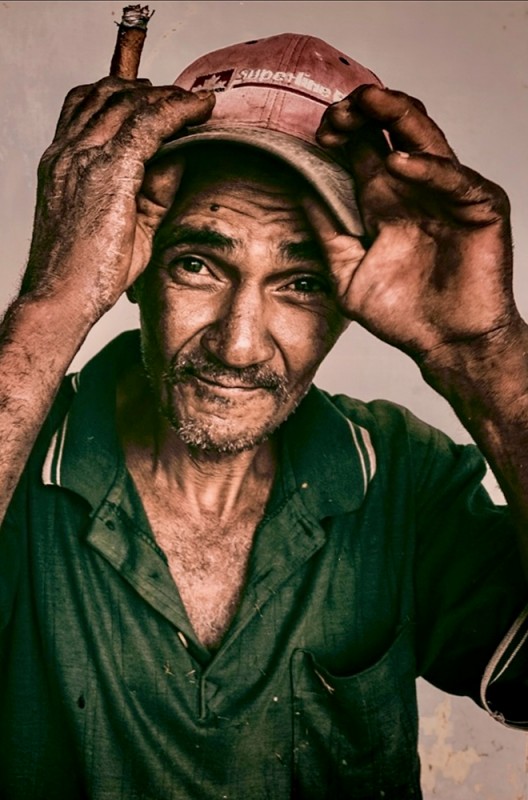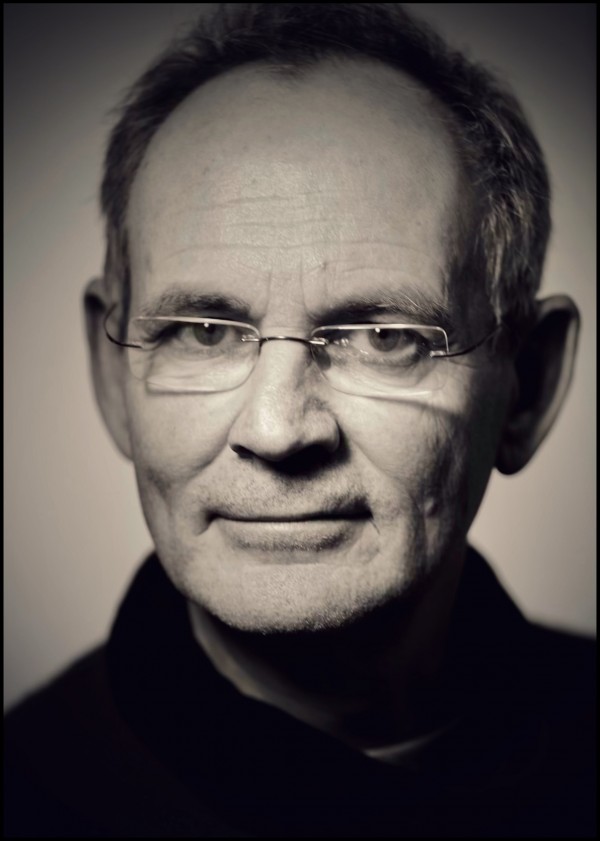Unfiltered
Unfiltered
Robert Eliasson
June 26, 2023
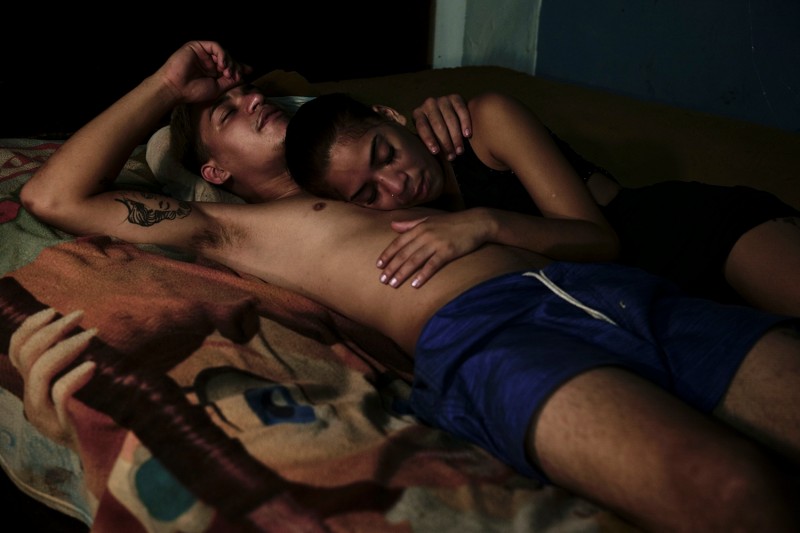
LFI: You have travelled to Havana, Cuba, a number of times, to photograph the people who define the country. Do you remember the key moment when you fell in love with the county?
Robert Eliasson: Some years ago I saw a promotion for Cuba on TV in Stockholm, and I was fascinated by the colours, the light and the cars. Just one week later I touched Cuban soil for the first time in Havana. When I got there I was immediately overwhelmed by the pride and the helpful nature of the Cuban people. No one is alone when they close the house door behind them. People can count on each other, and there’s immediate mutual support when someone in the neighbourhood needs help. Of course, they need to be able to count on one another, because they know that they’re all sitting on the same sinking ship. There’s a lot going on in Cuba at the moment. The younger generation can’t find any work. In 2022 alone, over 220,000 Cuban citizens – two percent of the Cuban population – arrived at the border between Mexico and the USA. That’s an increase of 470 percent, compared to 2021. Most of them are single, young adults.
How did you get access to the people, allowing you to visit their most personal environment?
I’m very interested in the people in Cuba, in their surroundings and how they live within them. In addition there has to be trust, of course, and patience belongs with trust. Anyway, in turn, I had to be ready to open myself up to whoever was in front of me, and reveal my personality. It’s a give and take. That’s also the reason for the frequent visits. I wander through the town, sit in cafés, and wait – and I’m often approached without having done anything myself. That’s how I get to know the Cubans. That all happens at first without having the camera at the ready. First I allow for the interpersonal connection, before I finally ask if someone will let me take their photograph. On the whole, they’re very open. It’s a long and cautious way of taking pictures.
Who is the artist looking out the window?
That’s Fabian Hernández, a Cuban street artist. He’s also called the “Cuban Banksy”. I was immediately fascinated by his wall paintings, which you can see all over the city. I absolutely wanted to find and get to know the artist. But it took three years, until I stumbled across him by chance. In fact, I wanted to visit a lady who had rented me an apartment. She had just gone shopping, and I was standing in front of a closed door. While I was sitting in front of the house waiting, this man came out of the neighbouring house and began to paint a wall. I recognised his style and realised it was him! We were living in the same street at the same time. We began talking and getting to know each other. In the end of it all, I brought Fabian to Sweden to take part in a joint exhibition at the Lydmar Hotel in Stockholm, from January 26 to April 23, 2023. He painted the walls in the hotel lobby for the exhibition.
What equipment do you use, and how easy was it to take snapshots with the Leica?
The introduction to the market of the mirror-less Leica SL and its electronic EyeRes viewfinder made my photography much more comfortable. Everything is visible in the viewfinder down to the tiniest detail, so that can compose the picture in an optimal manner. At the moment I’m photographing with its successor, the Leica SL2. On the other hand, I like the look of pictures taken with analogue Kodachrome film – the plasticity of the images, the sense of sharpness, as well as the colours. With the Summilux-M 28 f/1.4 Asph and Summicron-M 35 f/2 Asph lenses I get fairly close to that look. I can always depend on that combination.
Robert Eliasson+-
The Swedish photographer grew up in Ethiopia, Nigeria, Barbados, and Trinidad and Tobago. He lives today in Stockholm. He is an autodidact who connected with the medium 15 years ago. He was named a Leica Ambassador in 2012. He is also the curator for the Lydmar Hotel in Stockholm, where his photos are regularly on display. In 2017, he was the first foreign photographer invited to exhibit his work at the Fábrica de Arte Cubano – an old cooking oil factory, that has become the cultural centre of Havana. More

